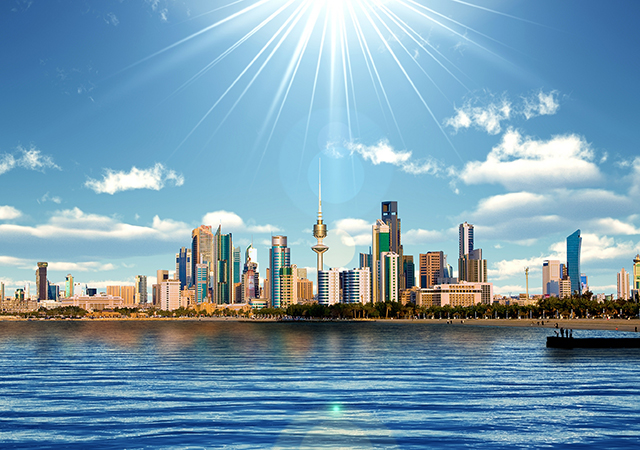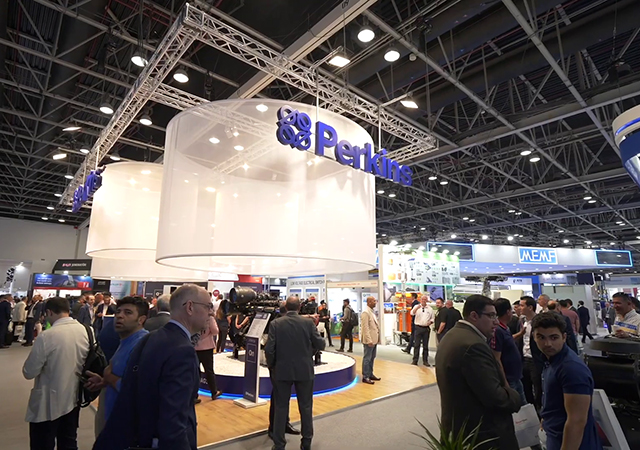
 A bird’s eye view of the production facilities of EGA Jebel Ali, also known as Dubai Aluminium (Duba
A bird’s eye view of the production facilities of EGA Jebel Ali, also known as Dubai Aluminium (Duba
The largest primary aluminium producer in the region and among the top five producers in the world, Emirates Global Aluminium (EGA) has for more than 25 years implemented advanced technologies – many developed in-house – to improve productivity and enhance operational procedures at its perations, while maintaining the highest standards of environmental conservation.
As part of its mandate to drive an ongoing quest for innovation-based improvements, the dedicated Technology Development & Transfer department at EGA continuously forges ahead in identifying and implementing technological advancements for the benefit of the aluminium industry. A case in point is the successful filing of an application in September 2015 to patent the development of hinged grating for easy access to the outer shell of electrolytic cells, facilitating safer inspection and measurements as well as natural cooling and temporary forced cooling during cell start-up. The innovation, developed at EGA Jebel Ali (also known as Dubai Aluminium or Dubal), is the brainchild of Mark Jordan (lead engineer – R&D, Technology Development & Transfer), Mahmood Abdulmalik (senior manager, Technology Engineering) and Syed Fiaz Ahmed (engineer, R&D, Technology Development & Transfer).
The invention relates to the way in which operators and maintenance inspectors access functional elements of the potline in order to monitor certain parameters related to the operation of the cell, such as potshell outer surface temperatures or voltage drops of cathode connections. Jordan explains that, in the current arrangement, access to the intercalary space between the potshells is closed by a heavy top structure (a slab) that requires the use of a machine or crane to be removed. The space between the potshell and the slab is fitted with grating for worker safety and to allow air heated by thermal contact with the potshell to move upwards, thereby cooling the potshell by natural convection. The intercalary space is accessed through the grating using rod-shaped probes through a narrow aperture – a task that is often difficult.
 |
|
Billets from EGA, whose core subsidiaries are EGA Jebel Ali, also known as Dubai Aluminium (Dubal), and EGA Al Taweelah, also known as Emirates Aluminium (Emal) |
“Our objective was to devise with an economical way of redesigning the grating adjacent to the top slab in order to improve access into the intercalary space, while meeting all the requirements of electrical insulation and worker safety,” explains Jordan. “Our team developed a simple, yet novel, type of hinged grating that allows workers to use a rotation axis to lift the grating – thereby creating more substantial access to the space below while also contributing to greater cooling by convection.”
Billets from EGA, whose core subsidiaries are EGA Jebel Ali, also known as Dubai Aluminium (Dubal), and EGA Al Taweelah, also known as Emirates Aluminium (Emal)
The use of the hinged grating on the top cover design, implemented across EGA Reduction Technologies, has already yielded measurable operating cost reductions and increased productivity.
Working closely with Takamul – an innovation protection support programme developed and operated by the Abu Dhabi Technology Development Committee (TDC) – the new innovation will set the industry benchmark for utilisation in this type of plant.
TOP PRODUCER, EXPORTER
With a hot metal production capacity of 2.4 million tonnes per year, EGA accounted for approximately 4.3 per cent of global production capacity in 2015. Its niche focus, value-added products, represented more than 76 per cent of finished product volume in 2015. The major proportion of production each year is billets for extrusion and forging (about 40 per cent in 2015).
Shipping its high quality, high-performance products to at least 60 countries internationally, EGA is a significant contributor to the UAE economy through international trade. With about 91 per cent of its annual production destined for markets abroad, EGA exported approximately 2.2 million tonnes through Jebel Ali Port and Khalifa Port in 2015 alone. Asia is traditionally EGA’s biggest market, and in 2015 accounted for 45 per cent of exports. The business contributed around $5.1 billion to the nation’s GDP in 2015.
EGA is a jointly-held, equal-ownership company formed by Mubadala Development Company of Abu Dhabi and the Investment Corporation of Dubai by combining their respective aluminium industry interests. Its core operating assets are Dubai Aluminium, also known as EGA Jebel Ali, and Emirates Aluminium (Emal), also known as EGA Al Taweelah.
The combined Dubal-Emal portfolio comprises high quality primary aluminium products in three main categories: high purity and foundry re-melt products (for electronics and aerospace and automotive applications respectively); rolled products (for packaging, lithographic sheets and the automotive industry); and billets for extrusion and forging (for construction, industrial, transportation and automotive purposes). Busbars and anode bars are also made for the electrolytic process used to produce primary aluminium from alumina ore.
The UAE-based EGA also owns Guinea Alumina Corporation, a strategic bauxite mine and alumina refinery development project in West Africa and is currently developing an alumina refinery in the UAE.
In addition, EGA has plans for significant local growth and international expansion.












